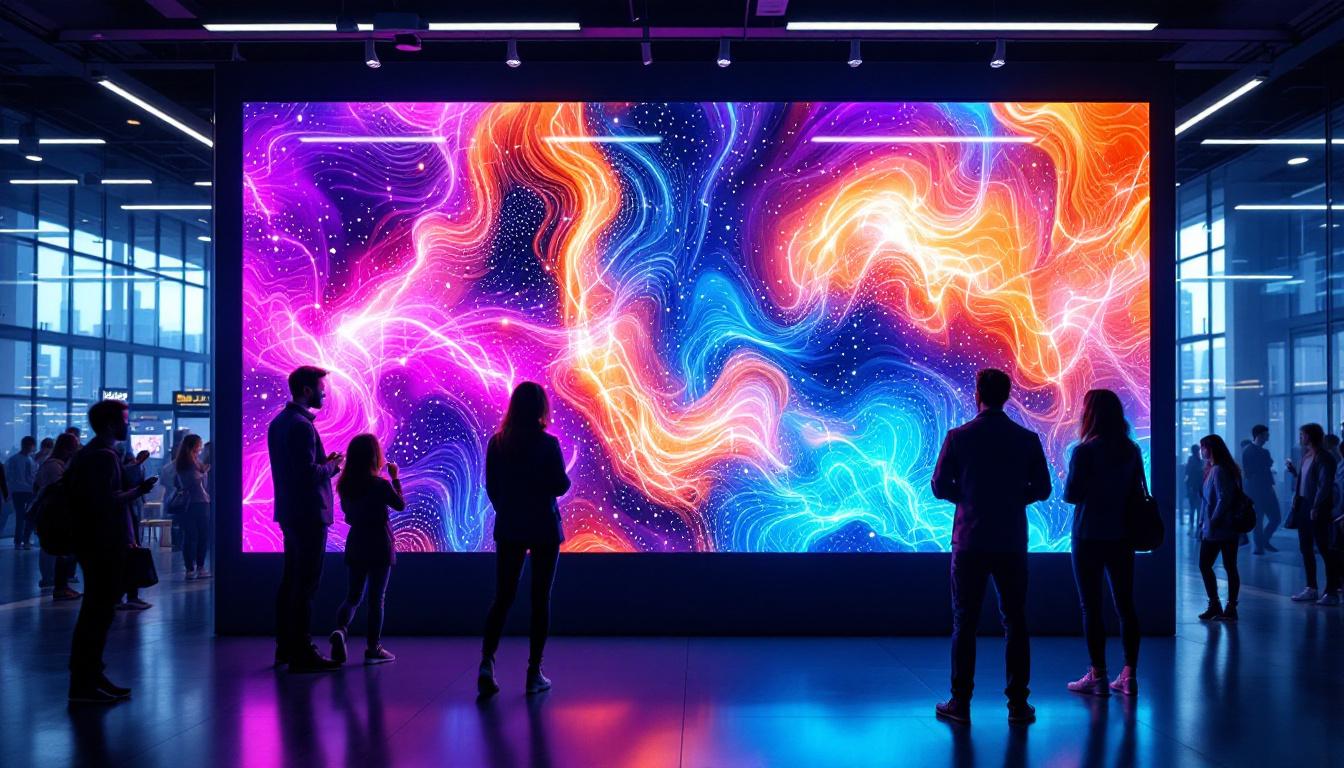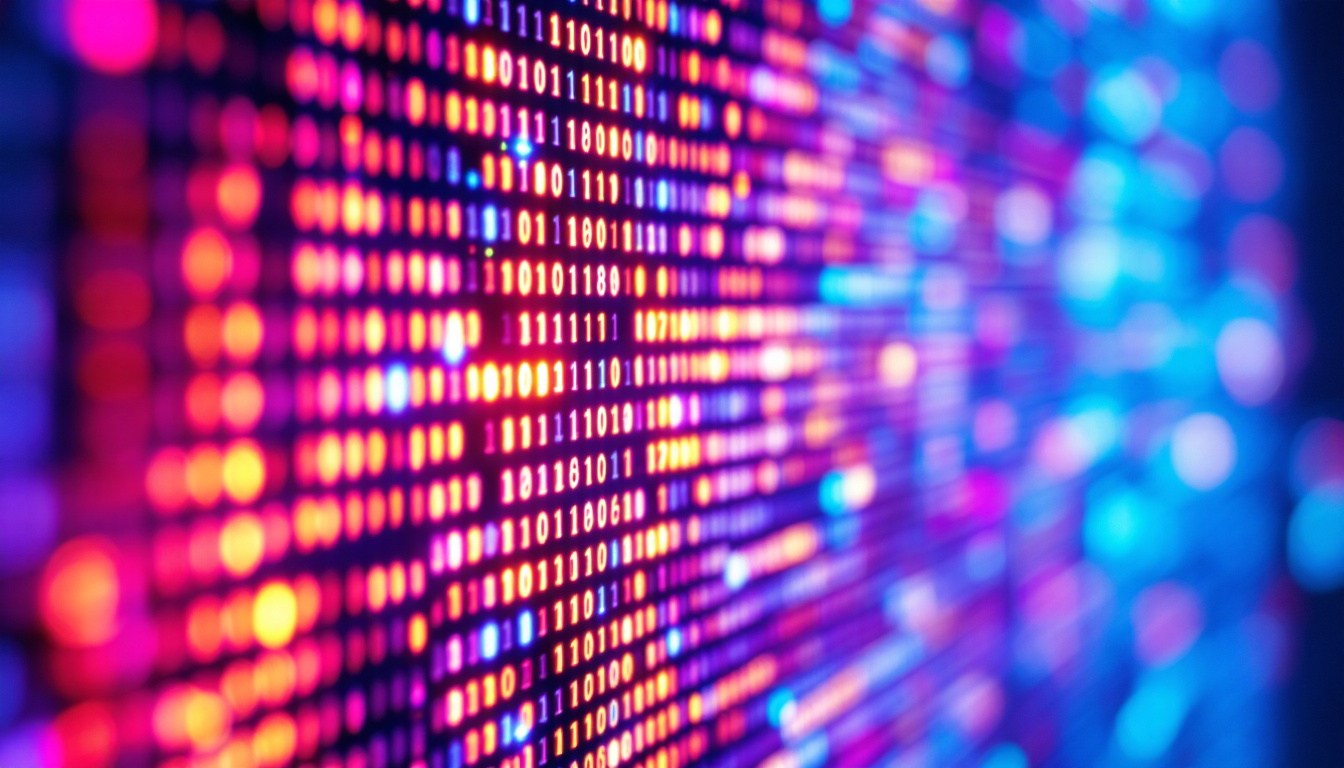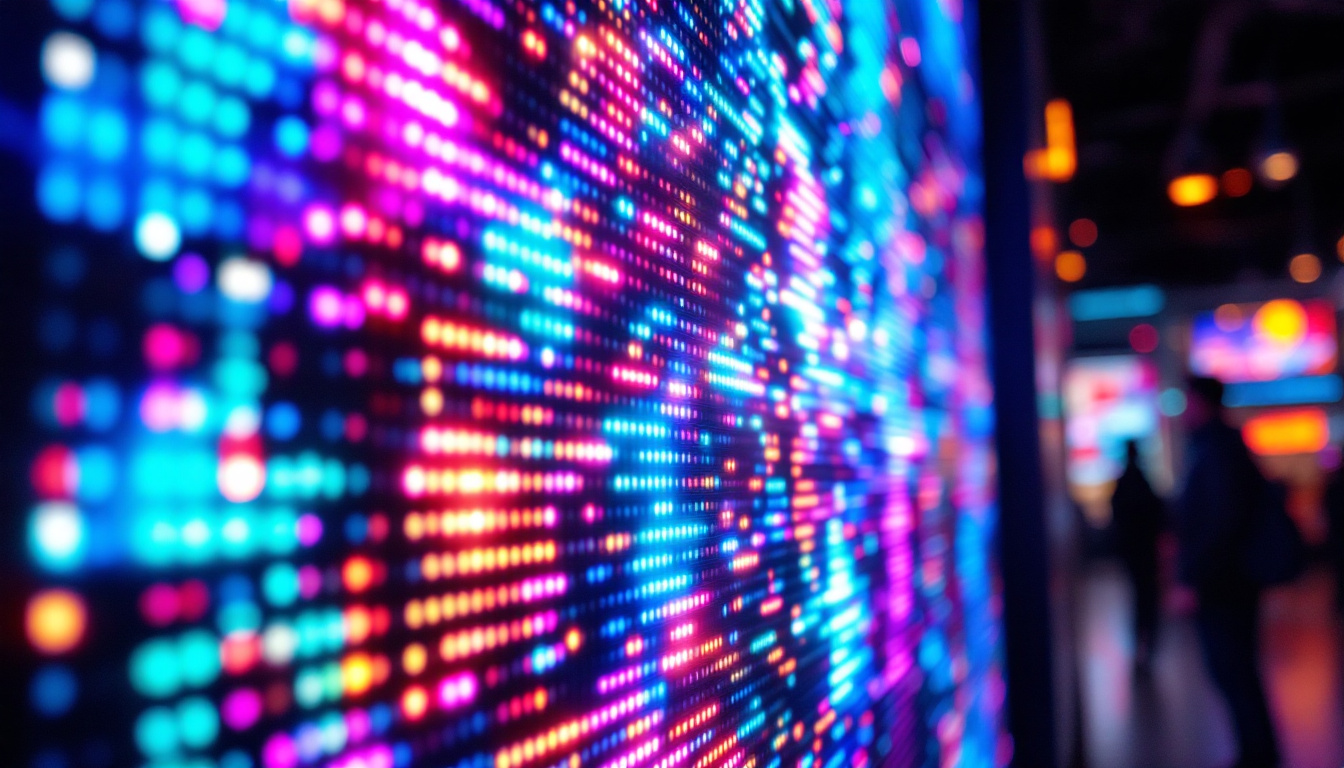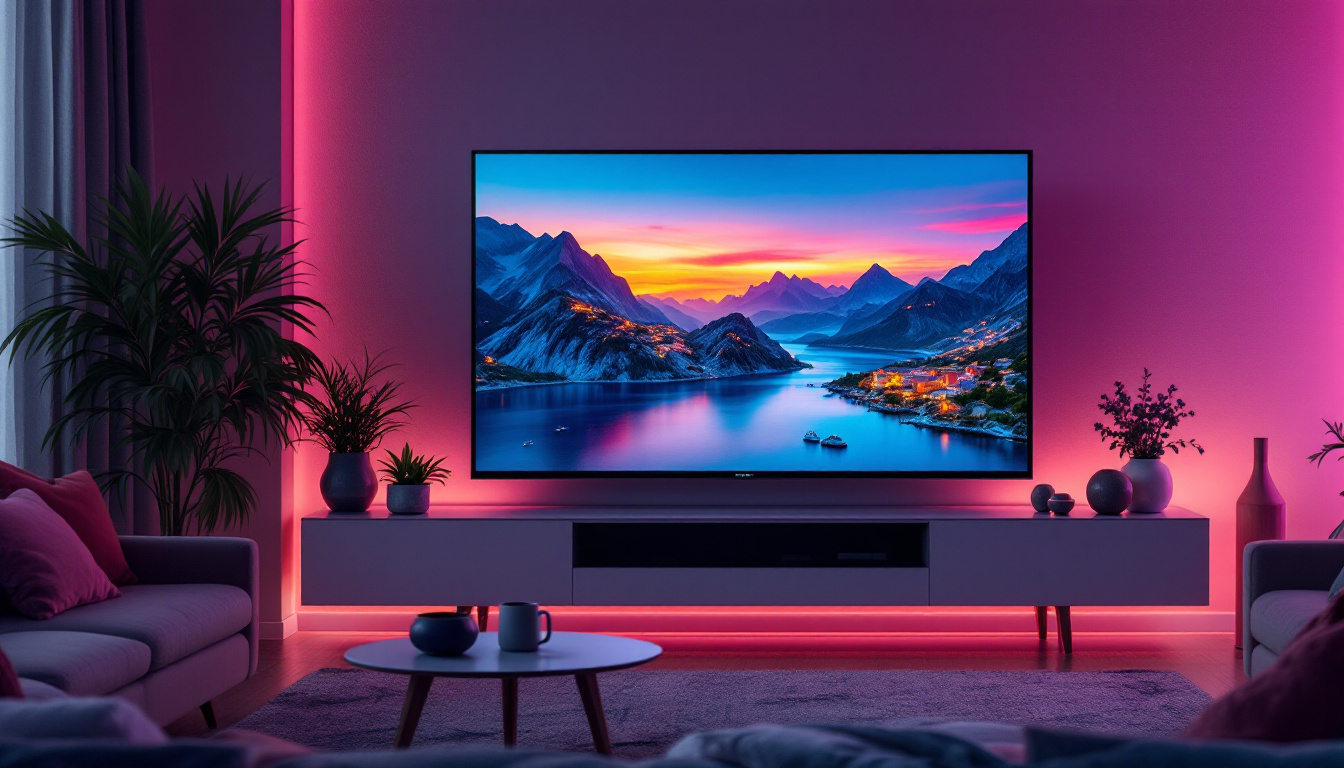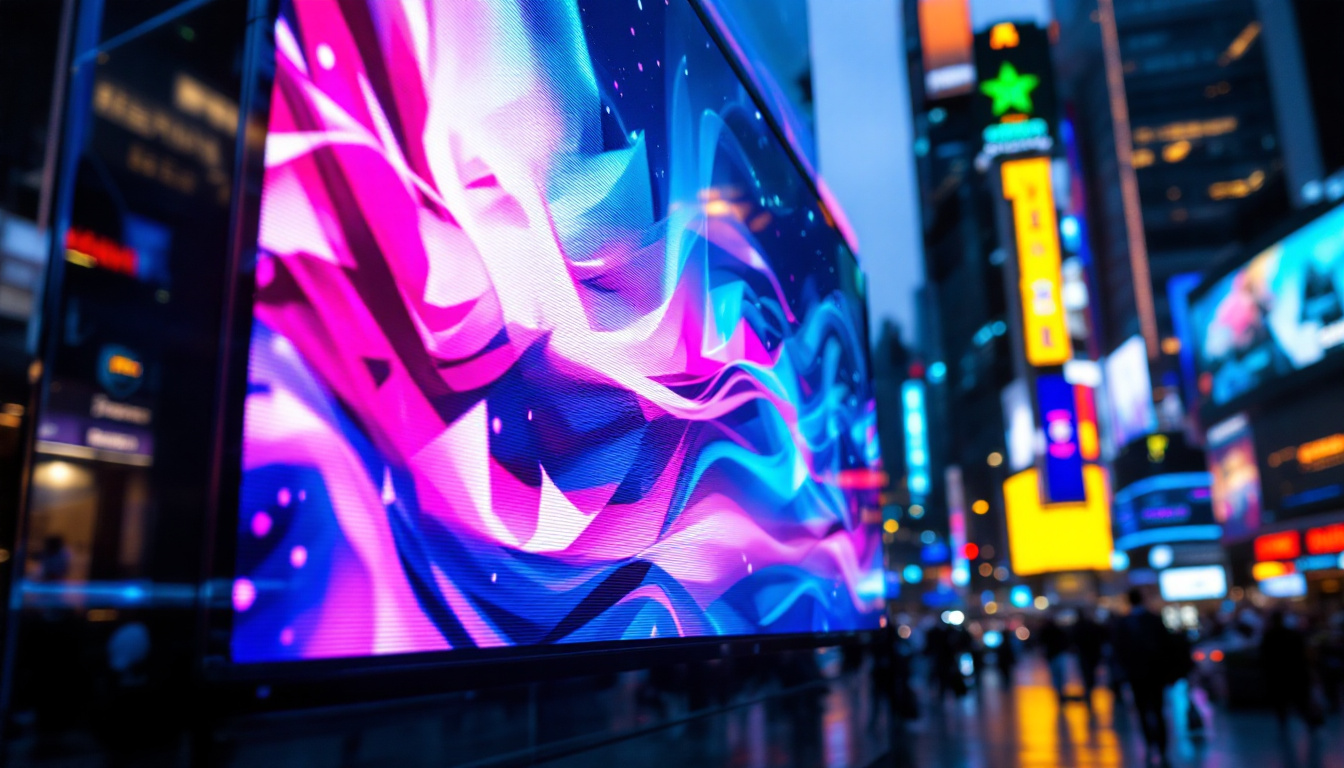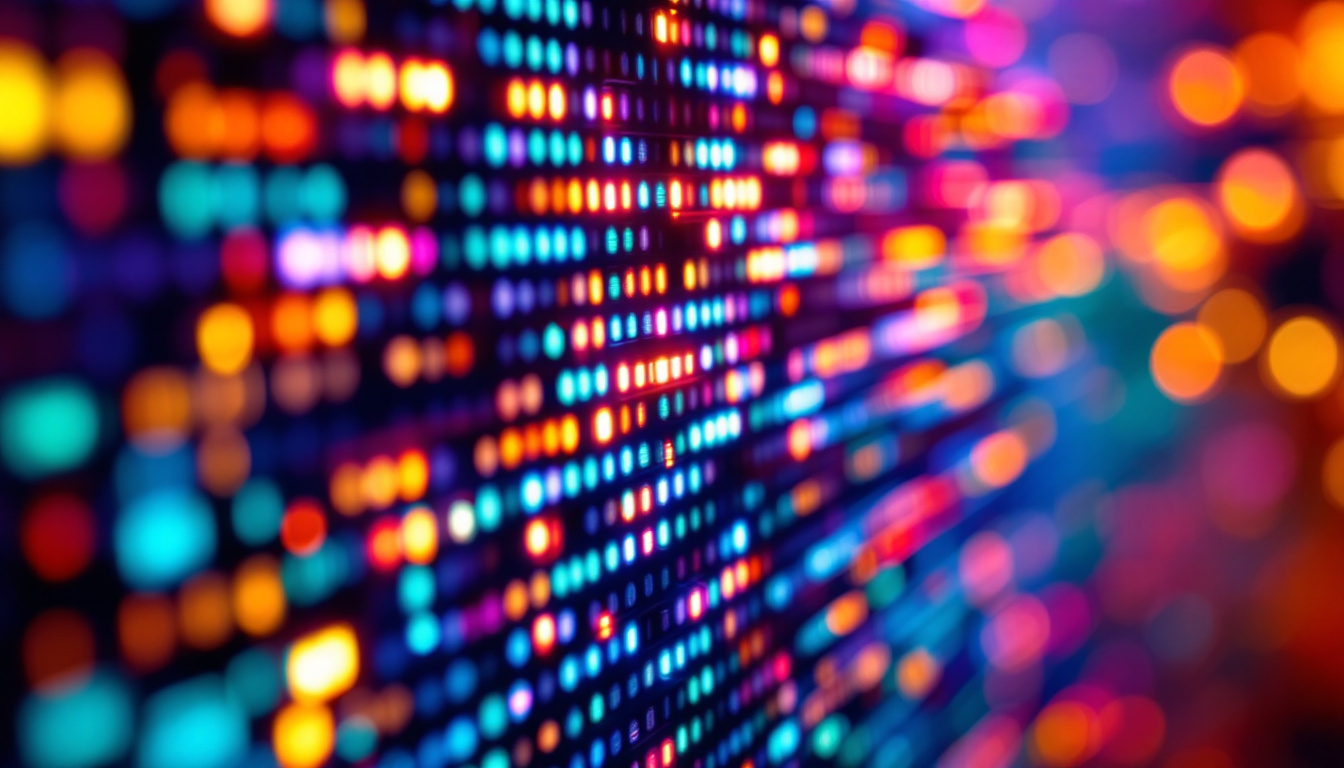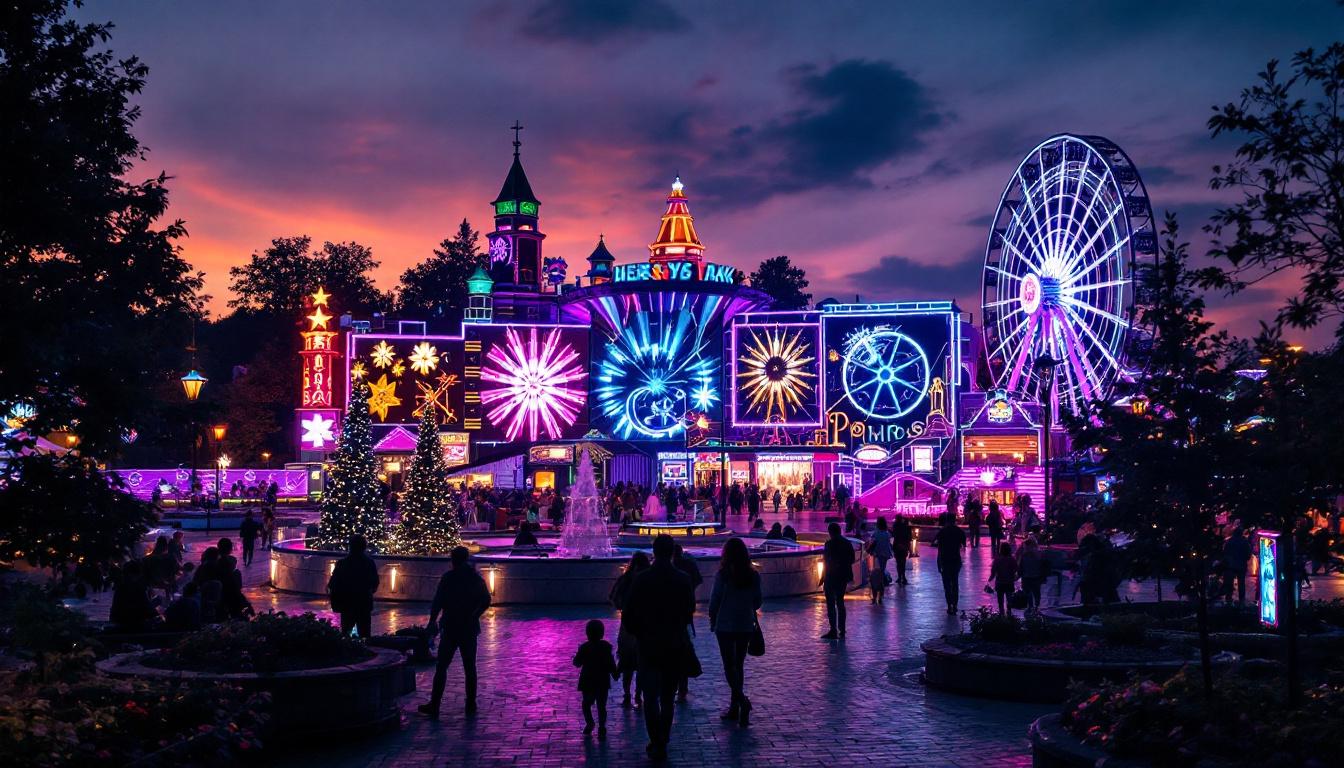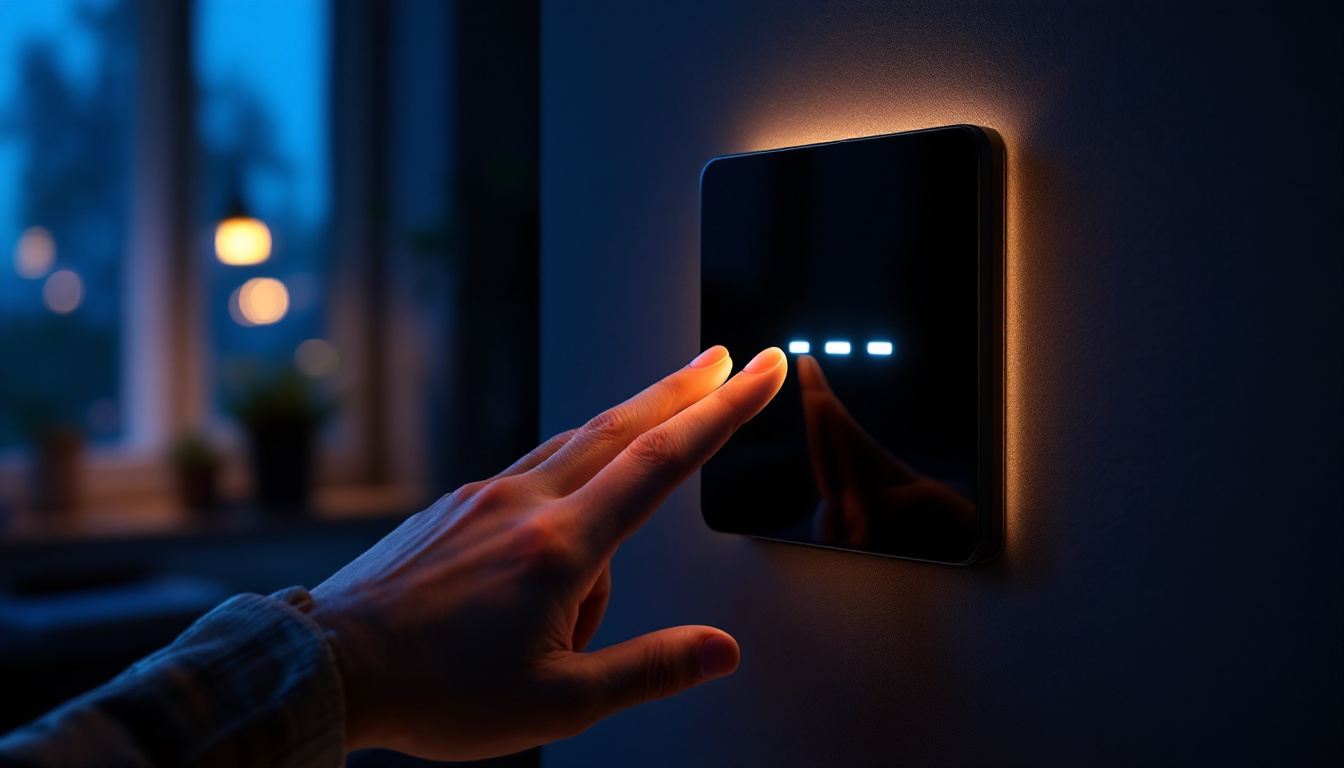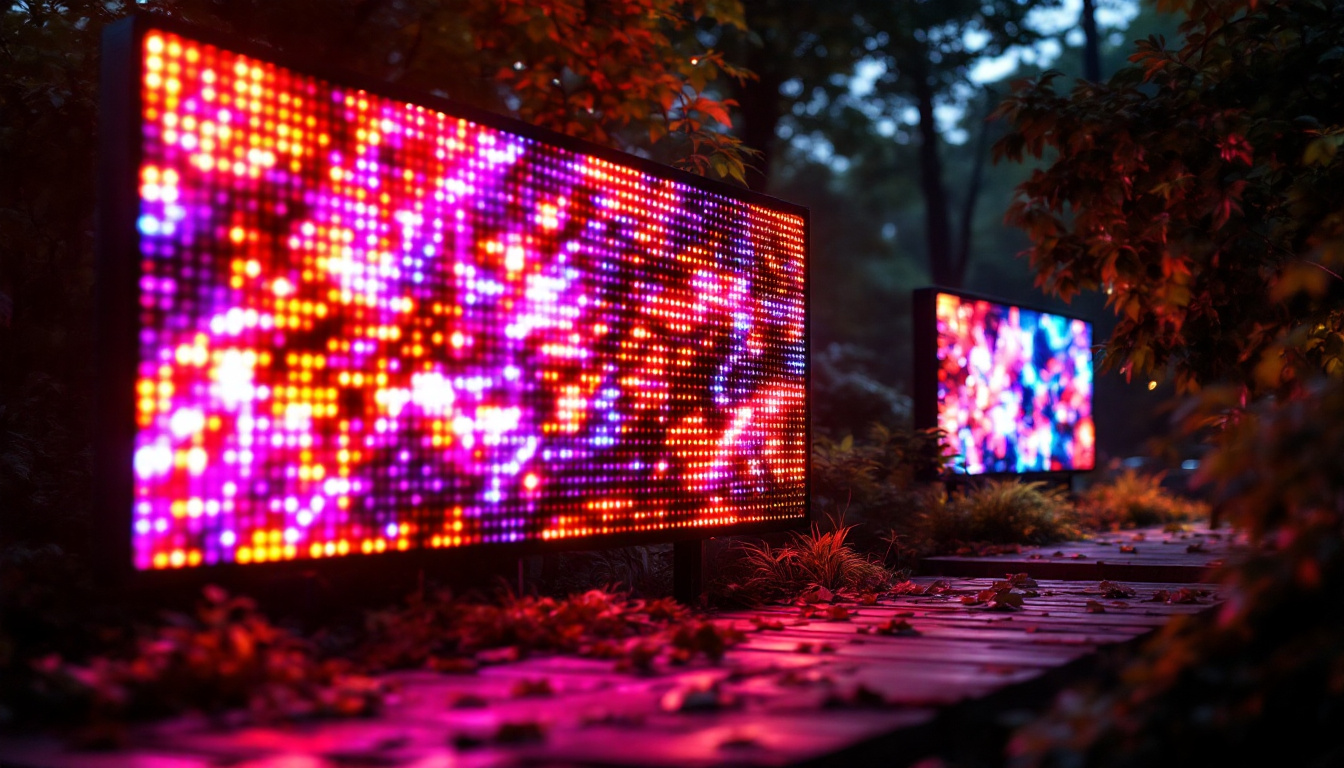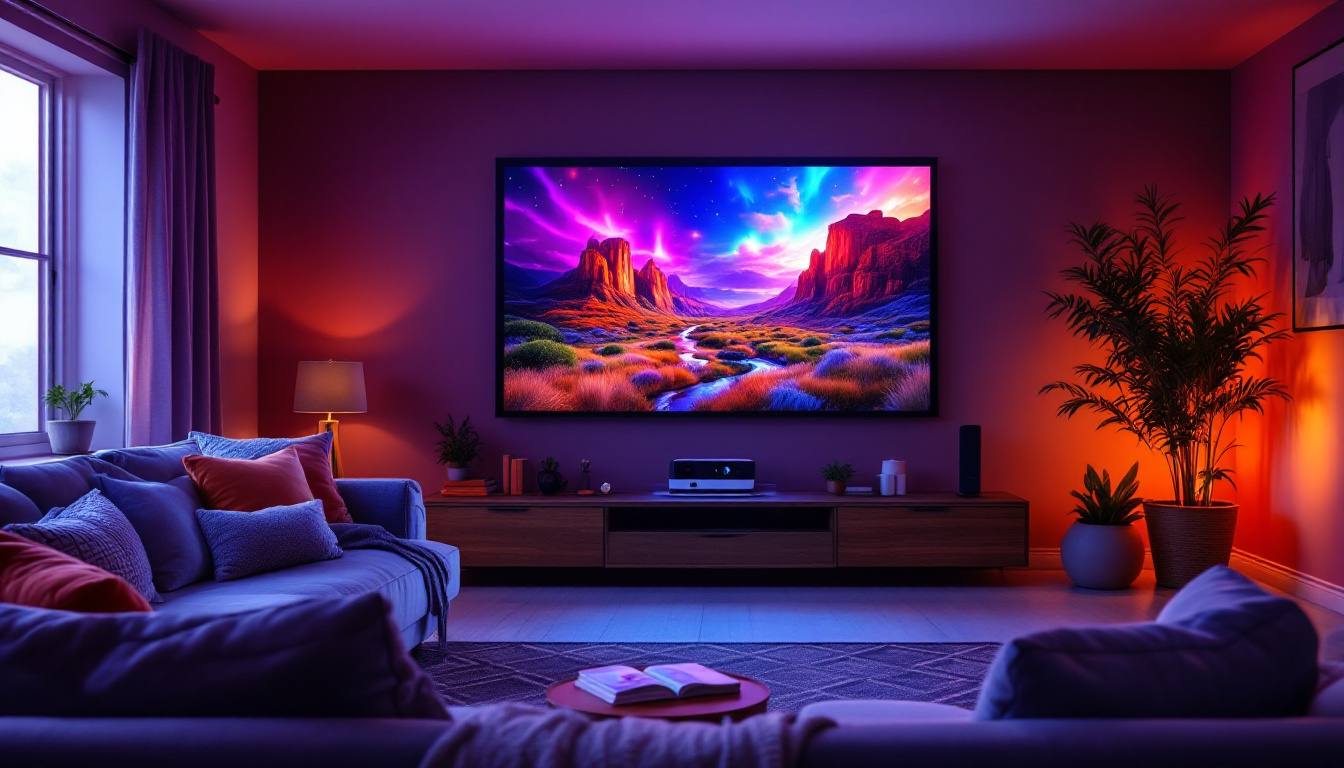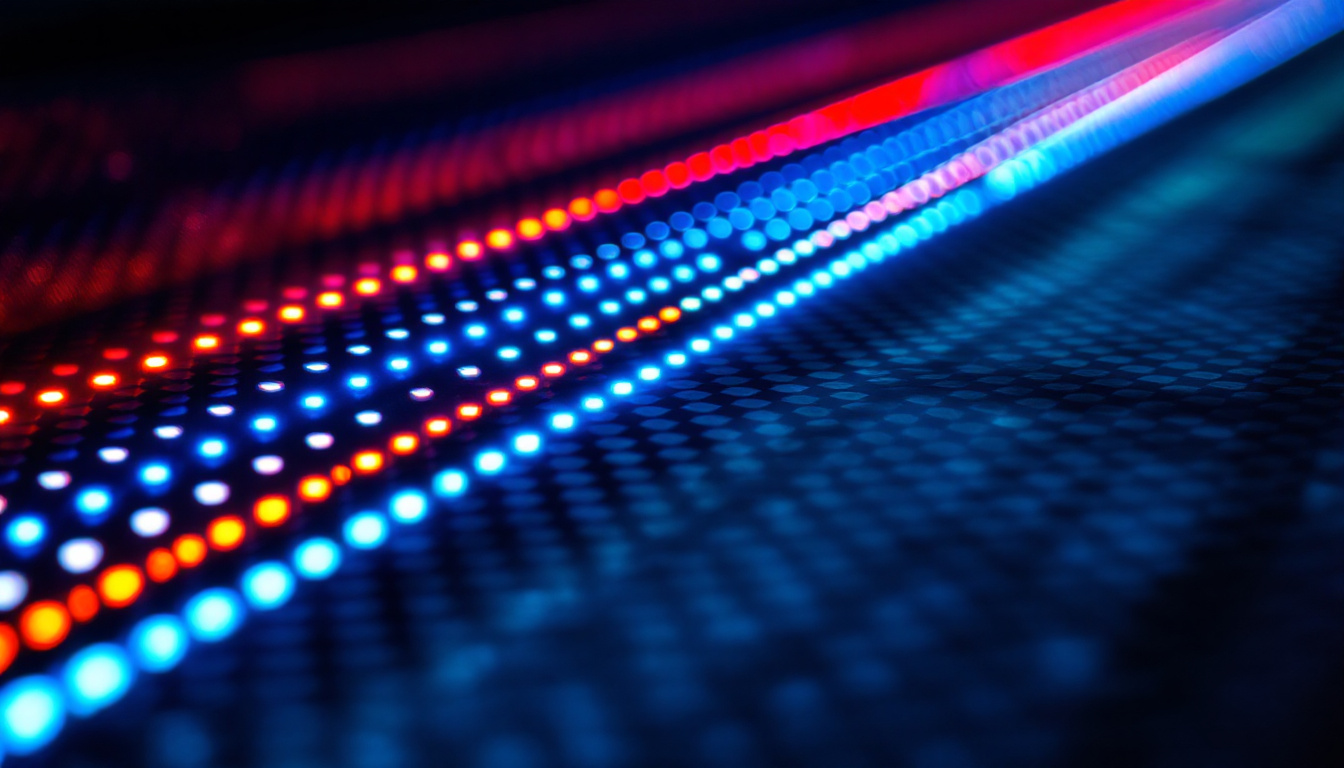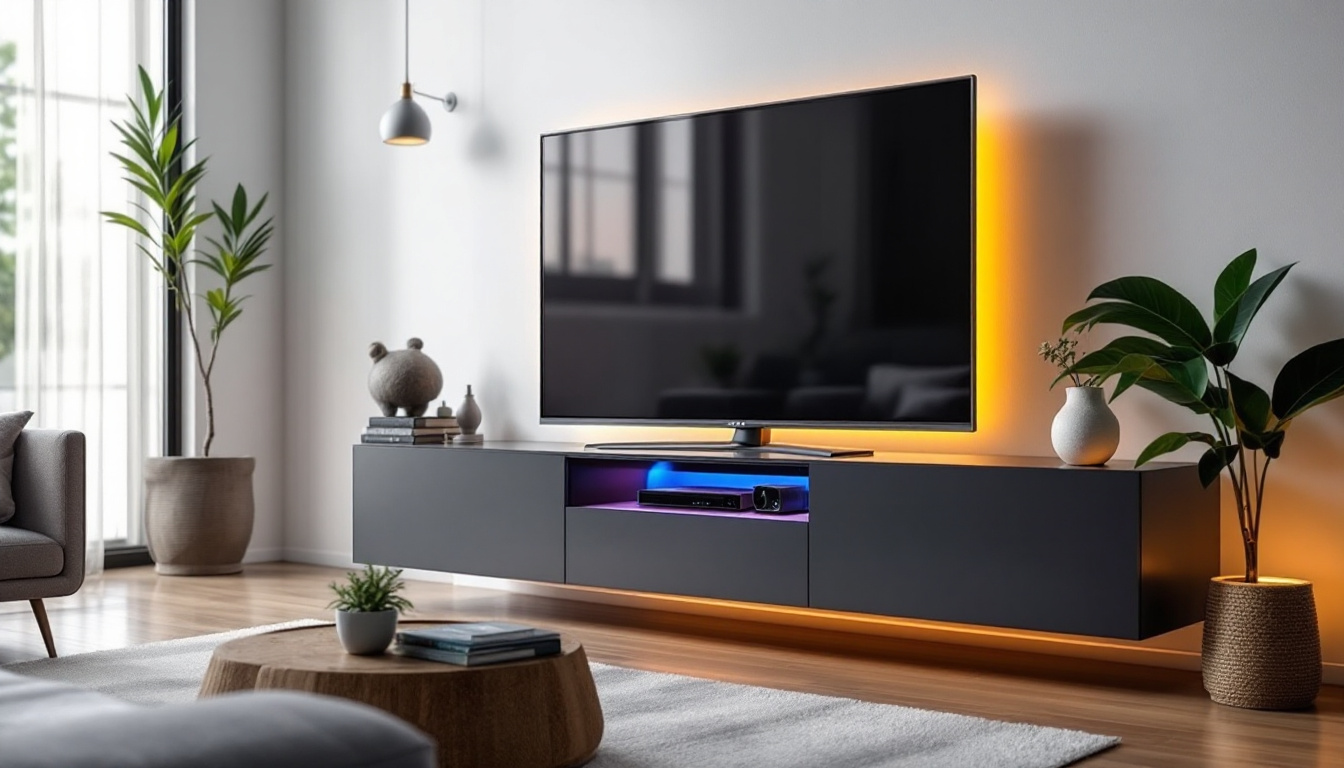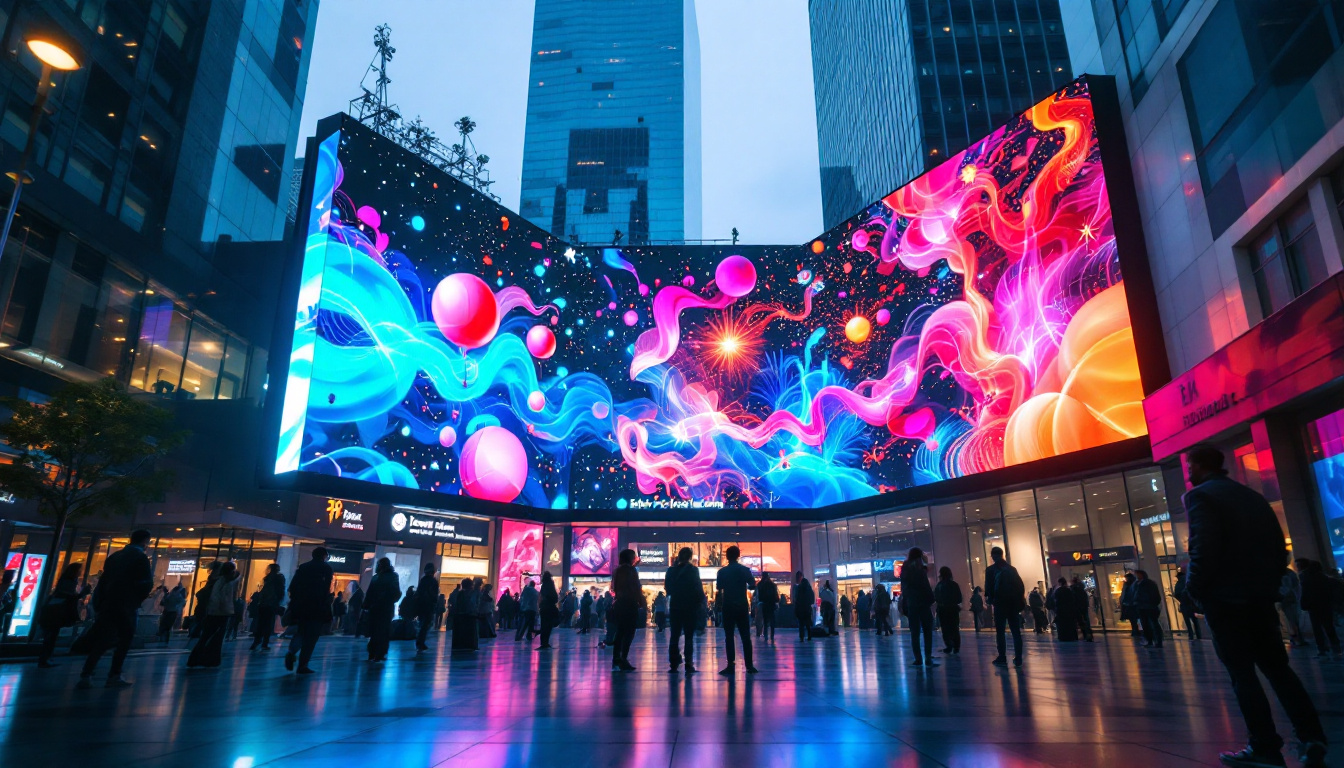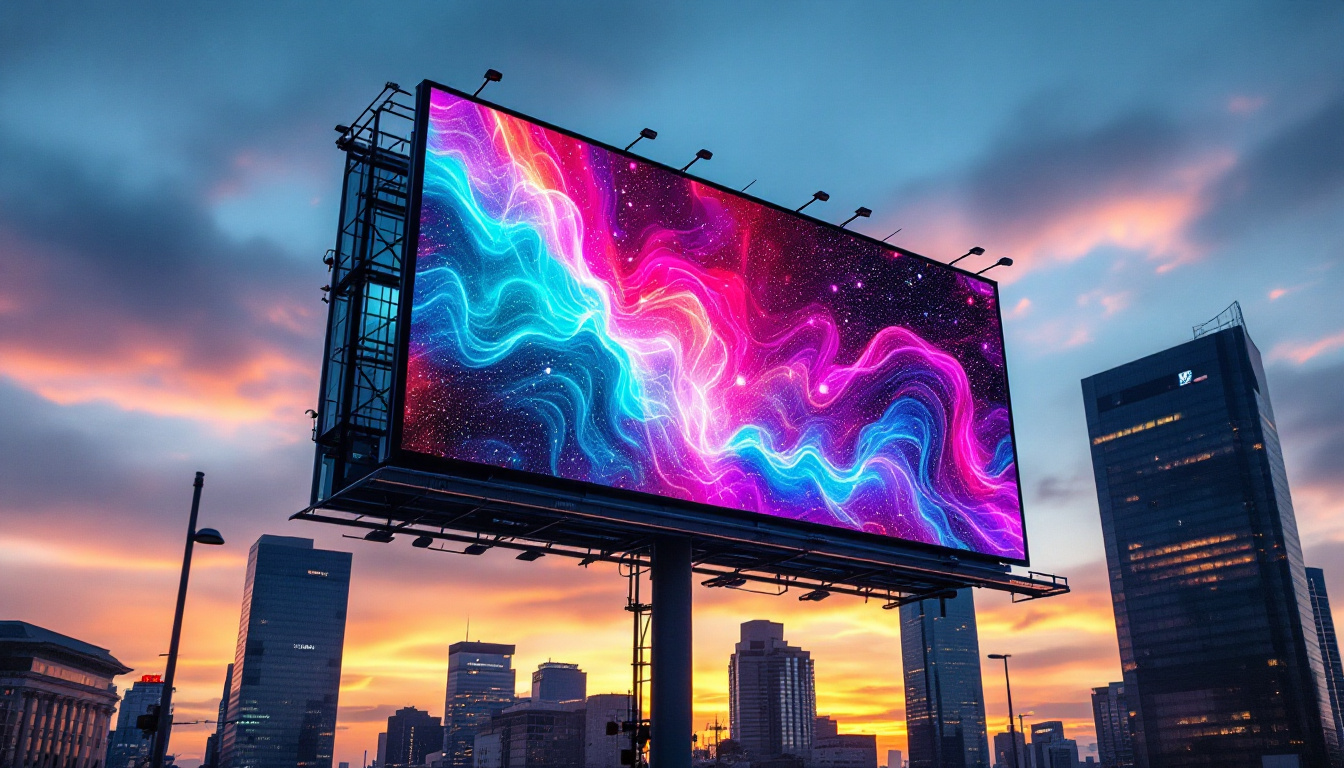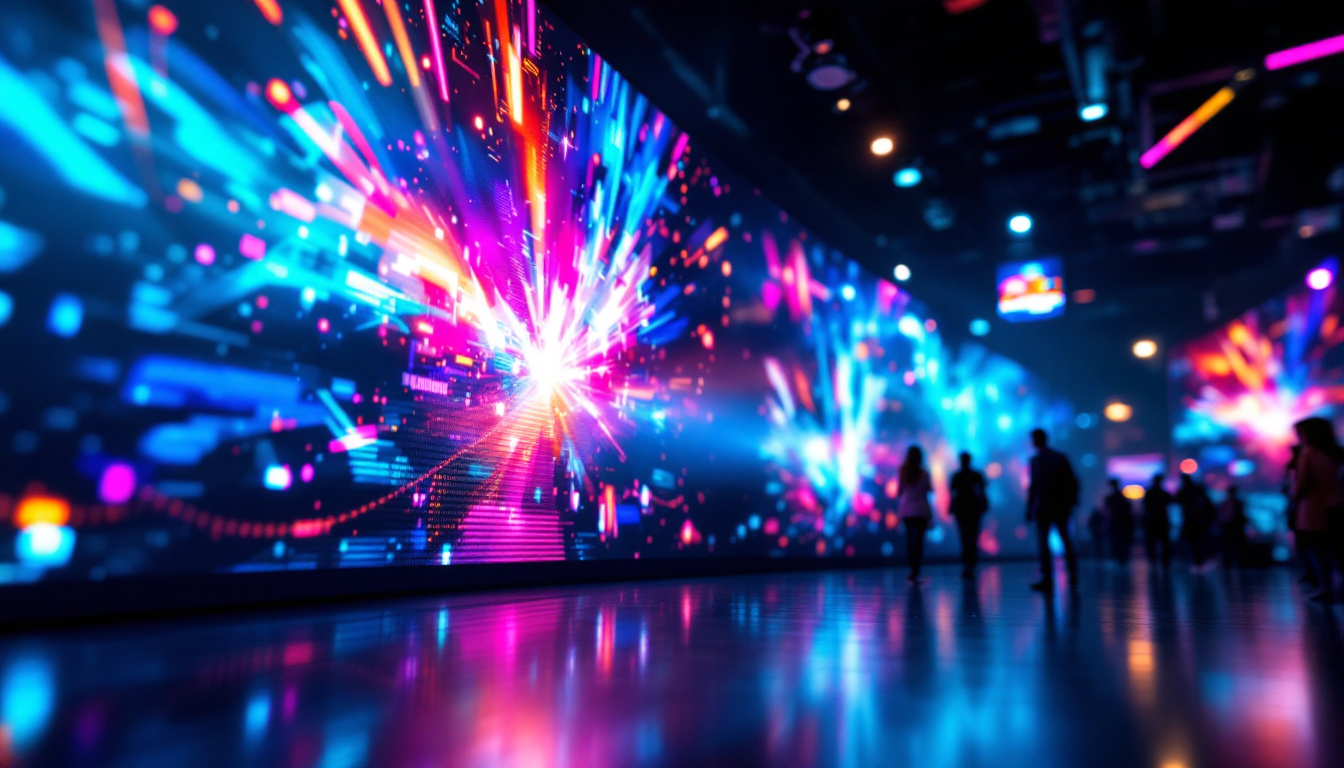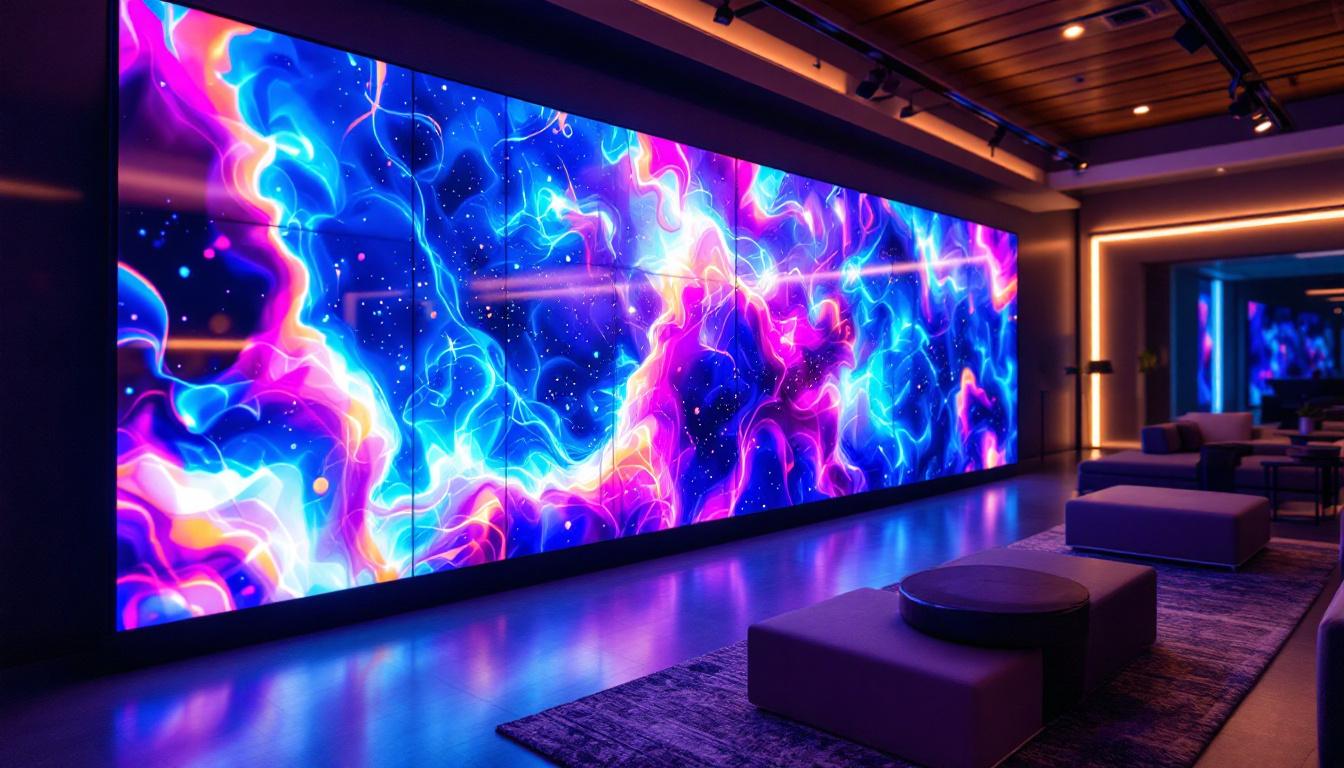In the rapidly evolving world of digital displays, understanding the differences between various technologies is crucial for professionals and enthusiasts alike. Among the most prominent display technologies today are Plasma and LED displays, each with unique characteristics, advantages, and ideal use cases. This article delves into the intricacies of LED displays, often compared with plasma, to clarify what makes LED a leading choice for modern visual applications.
Understanding LED Display Technology
LED, or Light Emitting Diode, displays have become a cornerstone in digital signage, televisions, and large-scale video walls. Unlike plasma displays, which rely on ionized gases to produce images, LED displays use an array of tiny light-emitting diodes to create vibrant visuals.
These diodes emit light when an electric current passes through them, allowing for precise control over brightness and color. The technology behind LED displays can be broadly categorized into two types: direct LED and edge-lit LED, each with its own design and performance characteristics.
Direct LED vs. Edge-lit LED
Direct LED displays feature LEDs arranged directly behind the screen, providing uniform backlighting and superior contrast. This arrangement allows for better control of local dimming zones, enhancing black levels and overall picture quality.
Edge-lit LED displays, on the other hand, position LEDs along the edges of the screen. While this design enables thinner panels and often reduces manufacturing costs, it can sometimes result in less uniform brightness and contrast compared to direct LED setups.
In addition to these two primary configurations, advancements in LED technology have led to the emergence of OLED (Organic Light Emitting Diode) displays, which offer even greater flexibility and color accuracy. OLED panels can produce true blacks by turning off individual pixels, leading to an infinite contrast ratio. This capability makes OLED particularly appealing for high-end televisions and professional monitors where color fidelity is paramount. However, OLED displays can be more susceptible to burn-in, a phenomenon where static images can permanently imprint on the screen over time, which is a consideration for users who plan to display content with fixed elements.
Furthermore, the application of LED technology is not limited to traditional displays. Innovations such as MicroLED and MiniLED are pushing the boundaries of what is possible in screen technology. MicroLED, for instance, utilizes microscopic LEDs that can be individually controlled, allowing for modular displays that can be scaled to any size without losing resolution. MiniLED, on the other hand, enhances traditional LED backlighting by using smaller LEDs to improve local dimming capabilities and overall picture quality. These emerging technologies are set to redefine the visual experience in both consumer electronics and commercial applications, offering brighter, more immersive displays that cater to the evolving demands of users.
Comparing LED and Plasma Displays
Plasma displays once dominated the market for large, high-definition screens, prized for their deep blacks and wide viewing angles. However, the rise of LED technology has shifted consumer and professional preferences significantly.
Image Quality and Brightness
Plasma screens are known for their excellent color accuracy and contrast ratios, especially in darker environments. They achieve deep blacks through the nature of their gas discharge technology, which can turn off pixels completely.
LED displays, particularly those with local dimming capabilities, have closed the gap in black level performance. Moreover, LEDs excel in brightness, often reaching levels that plasma screens cannot match, making them ideal for well-lit environments such as retail stores, airports, and outdoor venues. The ability to produce vibrant colors at high brightness levels also enhances the viewing experience for sports and action movies, where fast motion and bright scenes are prevalent.
Energy Efficiency and Lifespan
Energy consumption is a critical factor in display technology, especially for commercial applications where screens run for extended periods. LED displays are significantly more energy-efficient than plasma, consuming up to 40% less power on average. This efficiency translates into lower operating costs and a reduced environmental footprint.
Additionally, LED displays typically have a longer lifespan, often rated between 50,000 to 100,000 hours, compared to plasma’s 30,000 to 60,000 hours. This longevity makes LEDs a more sustainable investment over time. Furthermore, the reduced heat output of LED screens means they require less cooling, which can be an important consideration in energy management for large installations.
Size and Flexibility
While plasma displays were traditionally favored for large-format screens, LED technology has advanced to accommodate a wide range of sizes, from small digital signage to massive video walls spanning hundreds of square feet.
Moreover, LED panels can be manufactured with flexible or curved designs, enabling creative installations in architectural and entertainment settings that plasma technology cannot easily replicate. This versatility allows designers to create immersive environments, such as curved screens in theaters or interactive displays in museums, that enhance viewer engagement. Additionally, the modular nature of many LED systems means that they can be easily expanded or reconfigured to meet changing needs, making them an attractive option for businesses looking to adapt their display solutions over time.
Applications of LED Displays in Professional Settings
LED displays have become the go-to solution for numerous professional applications due to their versatility and performance. Understanding these applications helps clarify why LED technology is often preferred over plasma in commercial and industrial contexts.
Digital Signage and Advertising
Retailers and advertisers rely heavily on LED displays to capture consumer attention with vivid, dynamic content. The high brightness and excellent visibility of LEDs even in direct sunlight make them ideal for outdoor billboards and transit advertising.
Furthermore, the modular nature of LED panels allows for custom-sized screens that fit unique spaces, providing flexibility in design and placement. This adaptability extends to the content displayed, as businesses can easily update messages in real-time to reflect promotions, events, or important announcements, ensuring that their advertising remains relevant and engaging. The integration of sensors and analytics with LED displays also enables targeted advertising, allowing businesses to tailor their messages based on audience demographics and behavior, thereby maximizing impact and return on investment.
Broadcast and Event Production
In the broadcast industry and live event production, LED video walls have become indispensable. Their ability to deliver high-resolution images with minimal latency is crucial for live feeds, presentations, and immersive stage backdrops.
LED displays also offer quick setup and teardown times, robustness, and adaptability to various lighting conditions, which are essential for dynamic event environments. The versatility of LED technology allows for creative applications, such as curved or 3D displays that enhance the visual experience for audiences. In addition, the ability to synchronize multiple screens across different locations ensures a cohesive viewing experience, which is particularly important for large-scale events like concerts or sports tournaments where visual impact is paramount.
Corporate and Control Room Environments
Corporate boardrooms and control centers benefit from LED displays due to their clarity, reliability, and scalability. Large LED video walls provide detailed visual data and presentations, enhancing decision-making processes and communication.
In control rooms, the ability to display multiple data streams simultaneously on a seamless, bright screen is vital for monitoring and operational efficiency. These displays facilitate real-time collaboration among teams, allowing for quick assessments and responses to critical situations. Moreover, advanced features such as touch interactivity and integration with data visualization tools enable users to manipulate and analyze information directly on the screen, making LED displays not just a passive viewing tool, but an active participant in the workflow. This level of interactivity fosters a more engaged and informed workforce, ultimately driving productivity and innovation within organizations.
Key Considerations When Choosing an LED Display
Selecting the right LED display involves evaluating several factors that impact performance, cost, and suitability for the intended environment.
Resolution and Pixel Pitch
Resolution is a critical specification, especially for close-viewing applications. Pixel pitch, the distance between individual LEDs, determines the display’s sharpness. Smaller pixel pitches (e.g., 1.2mm to 2.5mm) are preferred for indoor environments where viewers are close to the screen, while larger pitches are suitable for outdoor or long-distance viewing.
Brightness and Contrast Ratio
Brightness levels, measured in nits, must align with the ambient lighting conditions of the installation site. For example, outdoor LED displays often require brightness levels exceeding 5,000 nits to remain visible in direct sunlight, whereas indoor displays typically range between 800 and 1,500 nits.
Contrast ratio also plays a significant role in image quality, affecting the depth and vividness of the displayed content.
Durability and Maintenance
LED displays intended for outdoor use must withstand weather elements such as rain, dust, and temperature extremes. Look for displays with appropriate IP ratings (Ingress Protection) to ensure durability.
Maintenance considerations include ease of access for repairs and the availability of replacement modules, which can reduce downtime and extend the display’s operational life.
The Future of LED Display Technology
LED technology continues to advance rapidly, driven by innovations in materials, manufacturing, and integration with smart systems.
MicroLED and MiniLED Innovations
Emerging technologies like MicroLED and MiniLED promise even greater improvements in brightness, contrast, and energy efficiency. MicroLEDs, with their microscopic diode size, offer near-perfect black levels and color accuracy rivaling OLED displays, but with the durability and brightness advantages of LEDs.
MiniLED technology enhances traditional LED backlighting by increasing the number of dimming zones, resulting in better contrast and HDR performance in smaller displays.
Integration with IoT and Smart Systems
Modern LED displays are increasingly integrated with Internet of Things (IoT) platforms, enabling remote management, real-time analytics, and adaptive content delivery based on environmental data.
This integration enhances operational efficiency and allows businesses to tailor their messaging dynamically, improving engagement and return on investment.
Conclusion
LED displays have firmly established themselves as a versatile and high-performance solution across a wide range of professional applications. Their superior brightness, energy efficiency, longevity, and adaptability make them a compelling choice over plasma technology in most scenarios.
As LED technology continues to evolve, with innovations like MicroLED and smart integration on the horizon, the future promises even more impressive capabilities. Understanding the fundamental aspects of LED displays empowers businesses and professionals to make informed decisions that maximize visual impact and operational efficiency.
Discover LumenMatrix’s Advanced LED Display Solutions
Ready to elevate your visual experience with the latest in LED display technology? LumenMatrix is at the forefront of innovation, offering a comprehensive range of LED display modules designed to captivate and engage. From vibrant Indoor LED Walls to dynamic Outdoor LED Displays, and from versatile Vehicle LED Displays to sleek LED Poster Displays, our solutions are crafted to meet your unique needs. Whether you’re looking to dazzle with an LED Sports Display, make a statement with a Custom LED Display, or explore the possibilities of Transparent LED Displays, LumenMatrix has you covered. Embrace the future of visual communication and check out LumenMatrix LED Display Solutions today to create unforgettable visual experiences that resonate with your audience.

